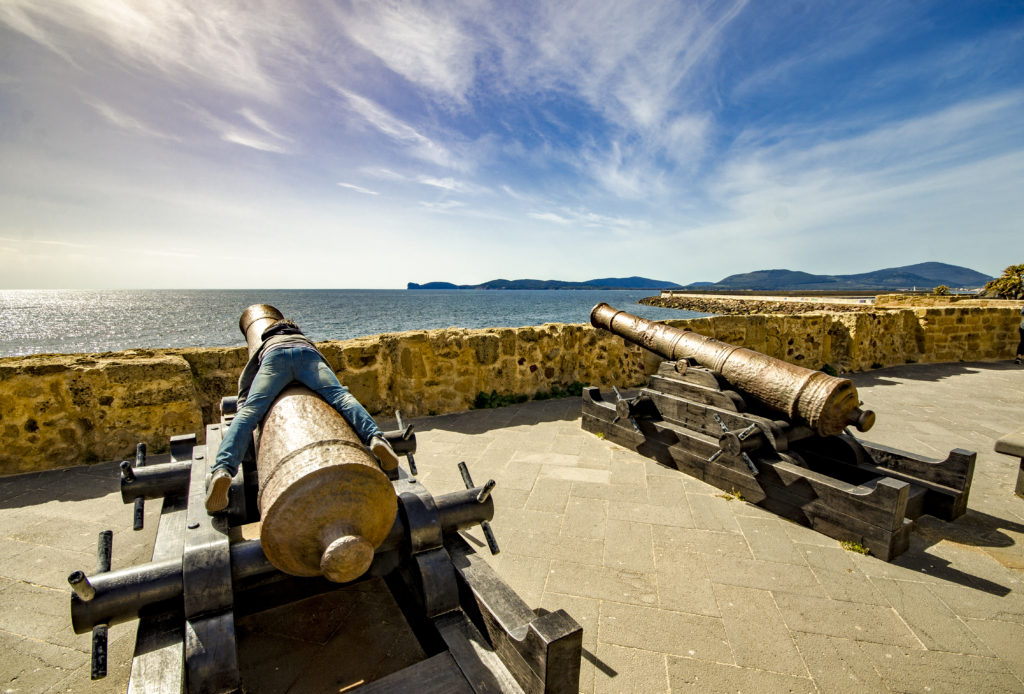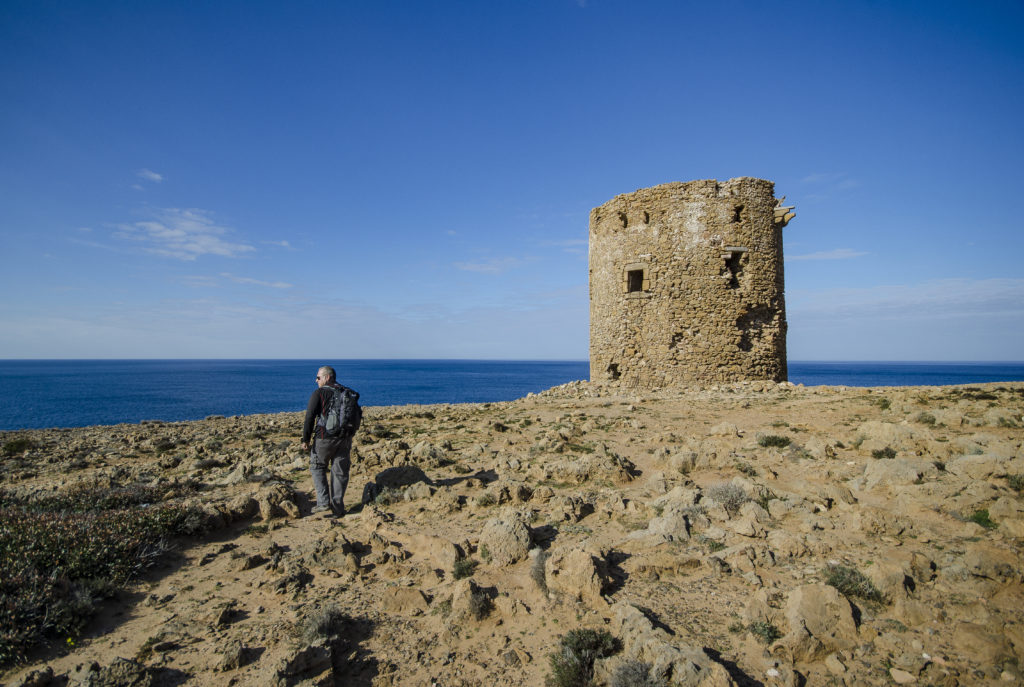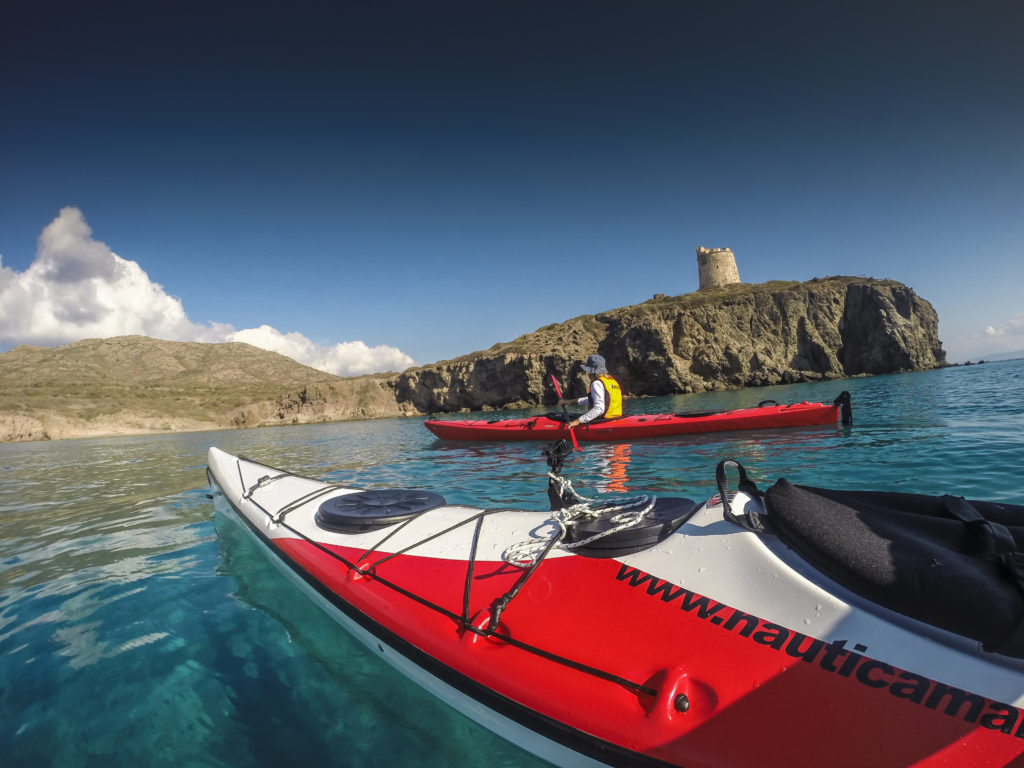The Mediterranean has never been a safe sea. Wars, clashes between cultures and migrations have always been the cause of anxiety, of a fear of being invaded, which over the centuries have forced peoples to look at the mare nostrum as a threat and to create defense tools from time to time. more elaborate and efficient. Those who have traveled by sea, especially along the coasts of Sardinia and Sicily or southern Italy, will have noticed the myriad of towers that scatter the coastline. 
In fact, around 1570, at the behest of the Crown of Spain, a program of construction of coastal forts began which, after the battle of Lepanto, became indispensable to hinder the piracy actions that the Ottoman Empire directed to the territories occupied by the Spaniards.
Philip II, therefore, established the Royal Administration of the Towers which, until 1842, the year in which it was suppressed, was responsible for the construction of the defensive system, its maintenance, the recruitment of personnel and all other essential actions to ensure efficient protection. of the coasts throughout the Mediterranean.
The success of sending the invaders back to sea, if not even that of not letting them even approach the coast, was guaranteed by an incredible variety of these forts. The largest, the heavy defense ones, were armed with several large-caliber guns, by soldiers armed with rifles and guns. The smaller ones were mostly intended for the sighting and reporting of any threats coming from the sea. All of them, however, had the characteristic of being able to observe the nearby tower and therefore have the possibility of instantly communicating an imminent pirate landing. This was done with the aid of signal fires or by spreading the sound of horns or bells which, with a pre-established code, allowed the operating personnel to understand exactly what the threat was.
In Sardinia of the over one hundred pre-existing towers, only 40%, also thanks to restoration work carried out over the years, is in good condition. The rest is in poor condition and in some cases in a state of ruin.
Since the end of the 2000s, the Conservatoria delle Coste has been dealing with them, which for now manages about a dozen of them, above all for their particular landscape and environmental importance.
The Mediterranean has never been a safe place. Wars, clashes between cultures and migrations have always been the cause of anxiety, of a fear of being invaded. Over centuries this have forced people to look at the mare nostrum as a threat and to create ever more elaborate defense systems from time to time. Those who have traveled by sea, especially along the coasts of Sardinia and Sicily or southern Italy, will have noticed the myriad of towers that scatter the coastline.
In fact, around 1570, at the behest of the Crown of Spain, a program of construction of coastal fortresses began. This, after the battle of Lepanto, became indispensable to hinder the activity of piracy that the Ottoman Empire opposed to the territories occupied by the Spanish.
Philip II established then the Royal Towers Administration which, until 1842, the year in which it was suppressed. This was responsible for the construction of the defensive system, its maintenance, the recruitment of personnel and all other indispensable actions to ensure efficient protection of the coasts throughout the Mediterranean.
 The success of sending the invaders back to the sea, of not even making them come close to the coast, was guaranteed by an incredible variety of these forts. The largest towers, those with heavy defense, were armed with large-caliber cannons, by soldiers armed with rifles and pusher. The smaller ones were mostly intended for sighting and reporting possible threats from the sea. All, however, had the characteristic of being able to observe the nearby tower and thus have the possibility of communicating instantly an imminent pirate landing. This occurred with the aid of signaling fires or by spreading the sound of horns or bells which, with a pre-established code, allowed the operating personnel to understand exactly what the threat was.
The success of sending the invaders back to the sea, of not even making them come close to the coast, was guaranteed by an incredible variety of these forts. The largest towers, those with heavy defense, were armed with large-caliber cannons, by soldiers armed with rifles and pusher. The smaller ones were mostly intended for sighting and reporting possible threats from the sea. All, however, had the characteristic of being able to observe the nearby tower and thus have the possibility of communicating instantly an imminent pirate landing. This occurred with the aid of signaling fires or by spreading the sound of horns or bells which, with a pre-established code, allowed the operating personnel to understand exactly what the threat was.
In Sardinia over one hundred existing towers, only 40%, thanks to restoration work carried out over the years, is in good condition. The rest is in poor condition and in some cases in a state of ruin.
Since the end of the 2000s, the “Conservatoria delle Coste” has taken care of these, and for now manages about a dozen of them, mainly due to their particular landscape and environmental relevance.

